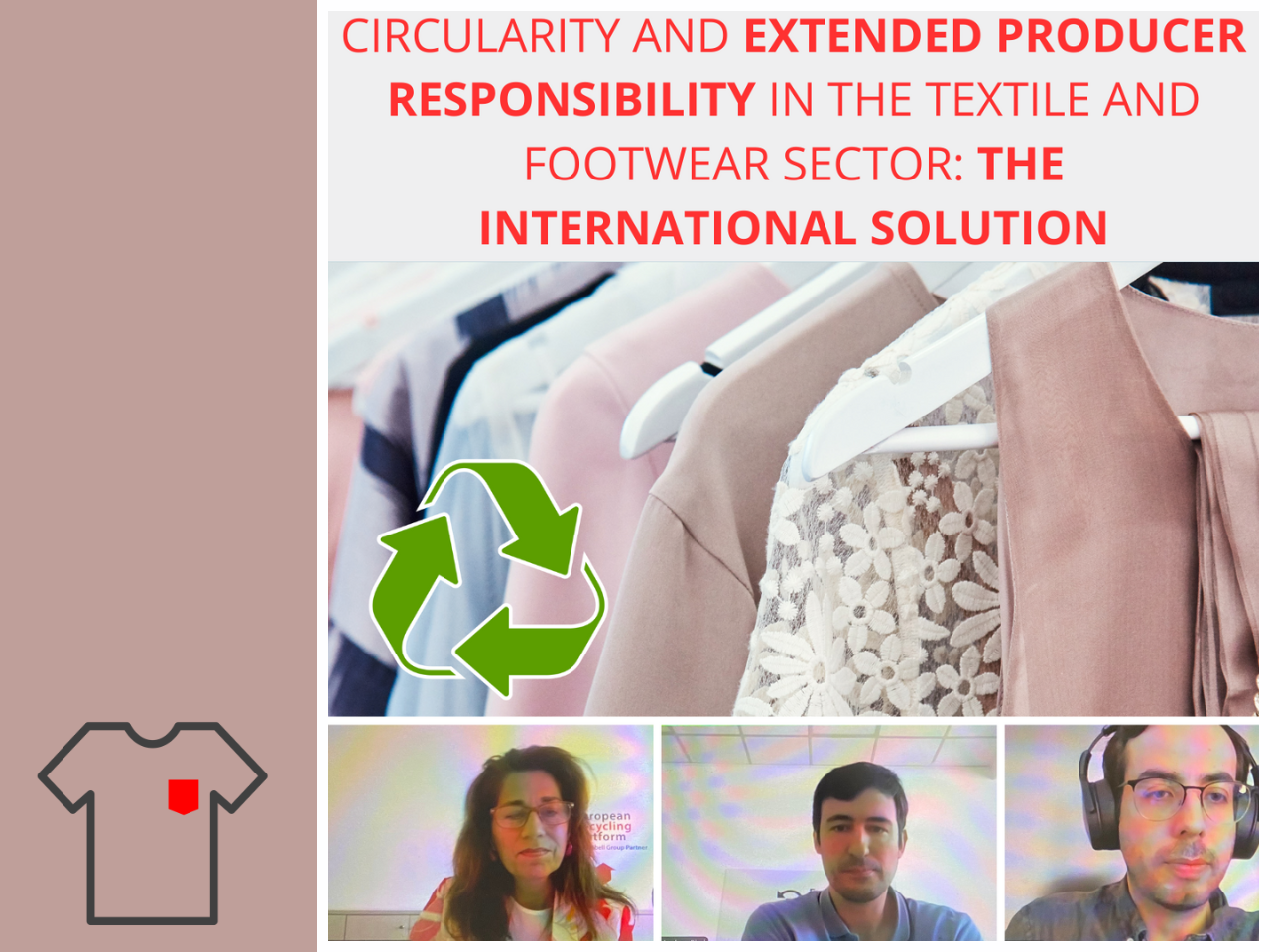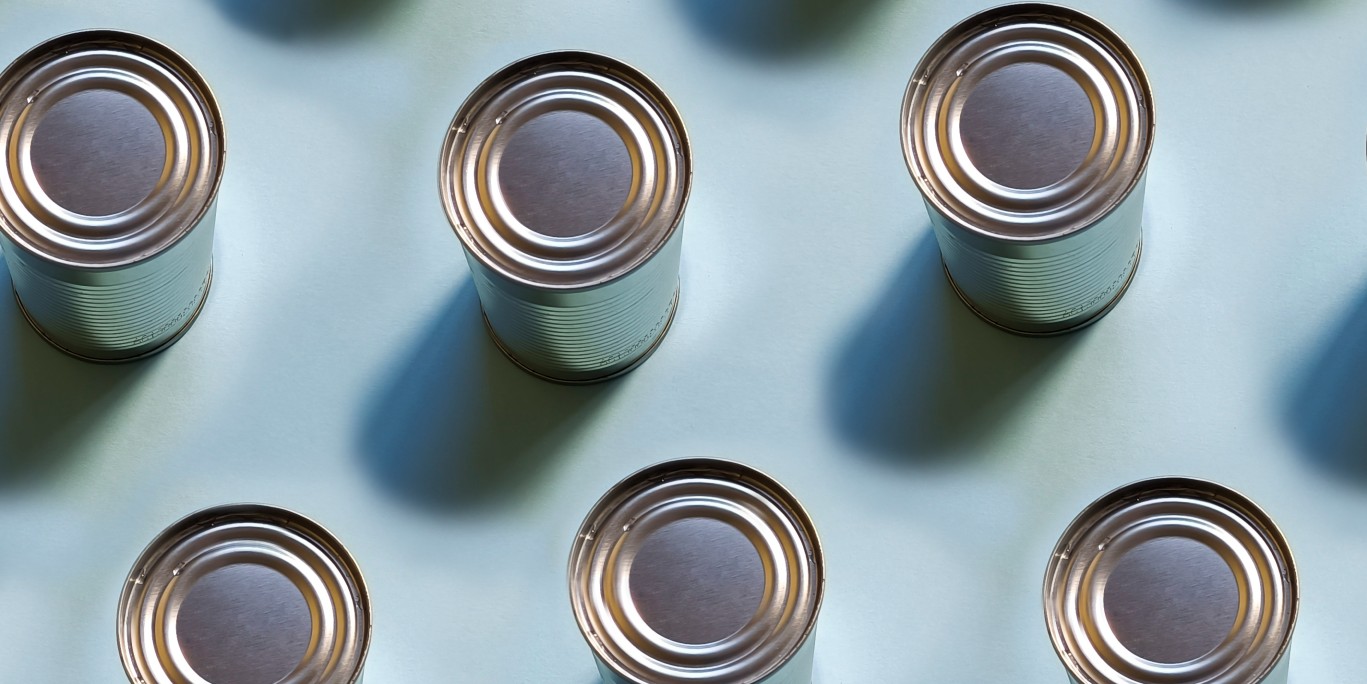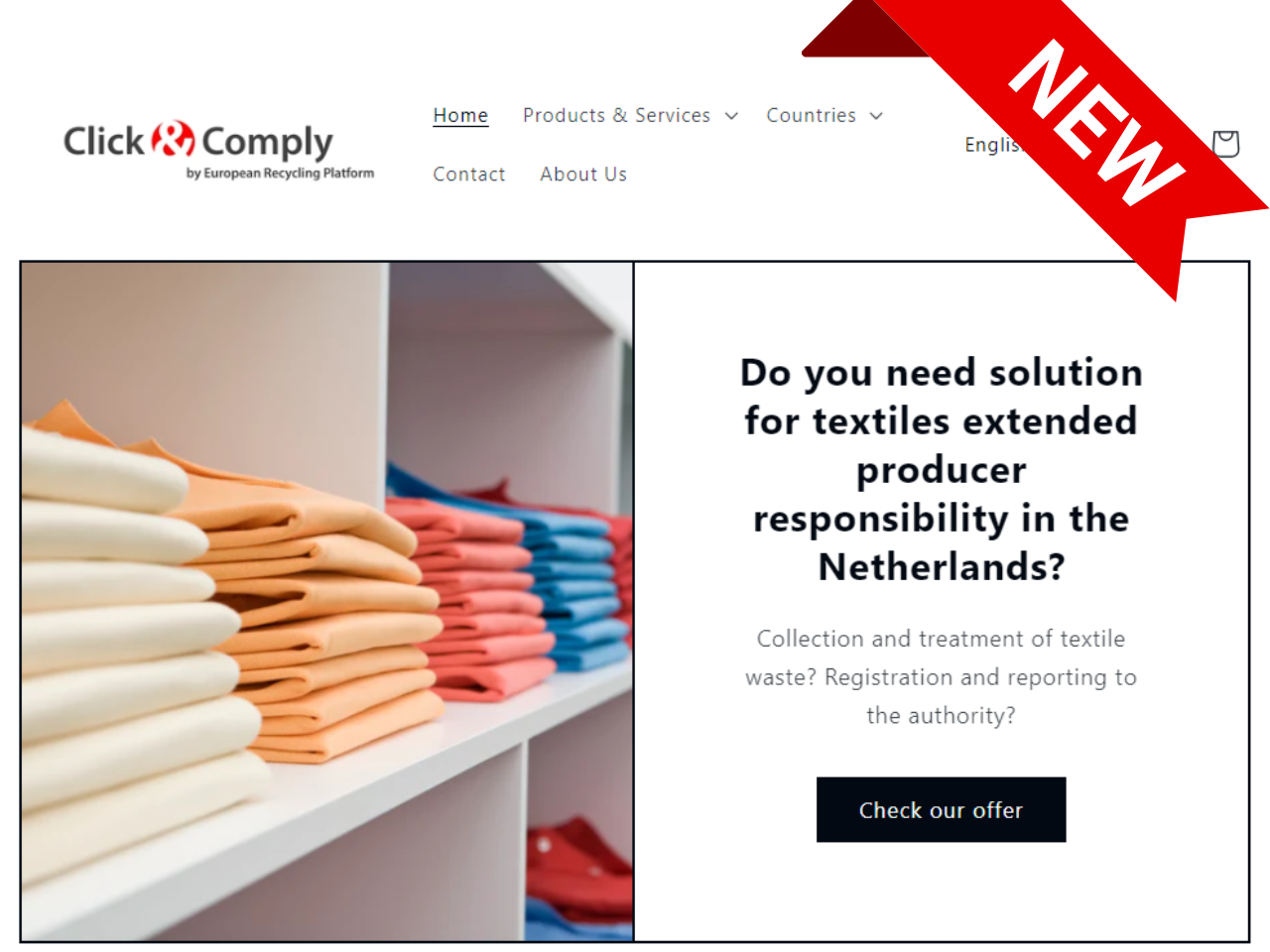What’s happening with regard to chemical regulations internationally? Here are some updates we’ve prepared for you for November 2022.
Reminder: online sellers also have HazCom obligations
Last year’s EU-wide enforcement project on online sales revealed a significant degree of non-compliance in products sold online.
For products sold online, any legally required warnings, information and labels should be indicated on the website and be clearly visible in their entirety before the customer makes their purchase.
Moreover, the language of the hazard information should meet the requirements of the destination market. Sellers frequently rely on labels and safety data sheets (SDS) generated by non-EU suppliers making compliance more challenging for EU retailers.
The non-compliance rates of ‘online marketplaces’ – the e-commerce platforms acting as intermediaries for various sellers – are much higher compared to ‘web-shops’ where products are sold directly by the suppliers who are responsible for their inventories’ compliance. An additional difficulty is caused by the role of fulfilment houses (FH) – logistics hubs that are not ‘in charge’ of the inventory and its compliance.
Regulations will place more chemical compliance responsibilities on marketplaces and FHs, particularly if a non-EU exporter of chemical products does not have a presence in the EU. They may incur the obligations of the supplier (SDS provision, labelling), as well as the importer (registration, classification).
Furthermore, the FHs in the EU need to take occupational safety measures to protect their employees, including appropriate safe use information for the products they are handling.
Landbell Group company, H2 Compliance is familiar with the unique challenges and growing pressures on online marketplaces, FHs, online retailers, and suppliers with a dispersed global customer base through internet sales.
Please get in touch to discuss your needs and for support navigating this evolving compliance field.
Remember to update to the new SDS format by start of 2023
The requirements for safety data sheets (SDS) are changing for the EU market – and SDS should conform with the new standard as of 1 January 2023.
Amended Annex II of REACH describes what information should be included in each of the 16 sections of the SDS (Regulation (EU) 2020/878).
The changes, which have both major and minor impact on SDS content, include expanded information required on:
- nanoforms (section 1)
- endocrine disrupting properties (sections 2, 3, 11 and 12)
- physical and chemical properties (section 9), and
- transportation (section 14)
Specific concentration limit, acute toxicity estimate, and M-factor should now be included (section 3), as well as lower concentration limits for certain substances – for example those classified as respiratory sensitizers and skin sensitizers.
With just two months of the transition period remaining, now is the last chance to review and update your SDS.
Contact the HazCom team at Landbell Group company, H2 Compliance for help – and subscribe to their newsletter for more detailed information.
New hazard classes to be introduced by the CLP amendment
The European Commission is amending Regulation (EC) 1272/2008 as regards hazard classes and criteria for the classification, labelling & packaging of substances and mixtures.
These new hazard classes (and corresponding new sections) are proposed in the draft:
- 3.11. Endocrine disrupting property for human health
- 4.2. Endocrine disrupting property for the environment
- 4.3. Persistent, Bioaccumulative and Toxic (PBT) or Very Persistent, Very Bioaccumulative (vPvB) properties, and
- 4.4. Persistent, Mobile and Toxic (PMT) or Very Persistent, Very Mobile (vPvM) properties
In its preamble, the Commission states the need to adapt to technical and scientific progress by introducing new hazard classes and criteria. It refers to the experience and knowledge gained in identifying substances of concern due to their endocrine disrupting properties, as well as PBT, vPvB, PMT and vPvM properties under the REACH Regulation.
The draft delegated act proposes a deferred application date for the new hazard classes to ensure that suppliers of substances and mixtures have time to adapt to the new classification and labelling provisions. It is foreseen that products placed on the market before the end of the deferral period could remain on the market without re-classification and re-labelling to avoid additional burden on suppliers.
Following the consultation in October, the timeline for the Commission’s adoption is not currently specified. Draft legal texts and public comments are available here.
EU environmental law – implementation review 2022
Last month, the European Commission published its third Environmental Implementation Review (EIR) – a regular reporting and collaboration mechanism designed to improve the implementation of EU environmental laws and policies. The first two reviews were adopted in 2017 and 2019 respectively.
The 2022 EIR reports on the progress of 27 countries in complying with key environmental obligations, and includes a policy paper (Communication from the Commission) identifying the common challenges and priority actions for all countries.
Two sections that will be of interest to Landbell Group customers are:
- 3.1. Circular economy and waste management, and
- 3.3. Towards zero pollution featuring a dedicated section on Chemicals
More detailed information on the Chemicals section is in the H2 Compliance Newsletter. Read the article here.
Sign up for our monthly
report COMPASS here:
Your email











